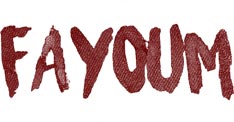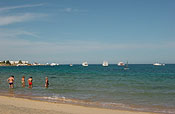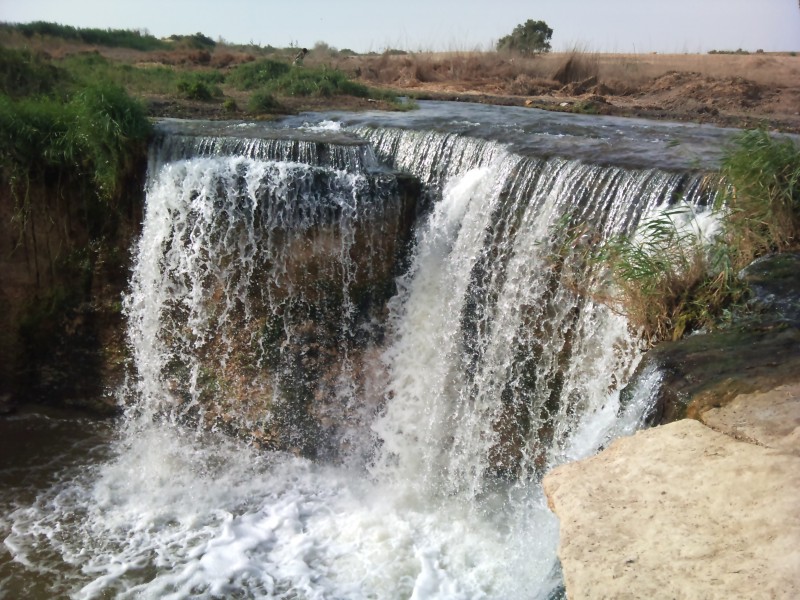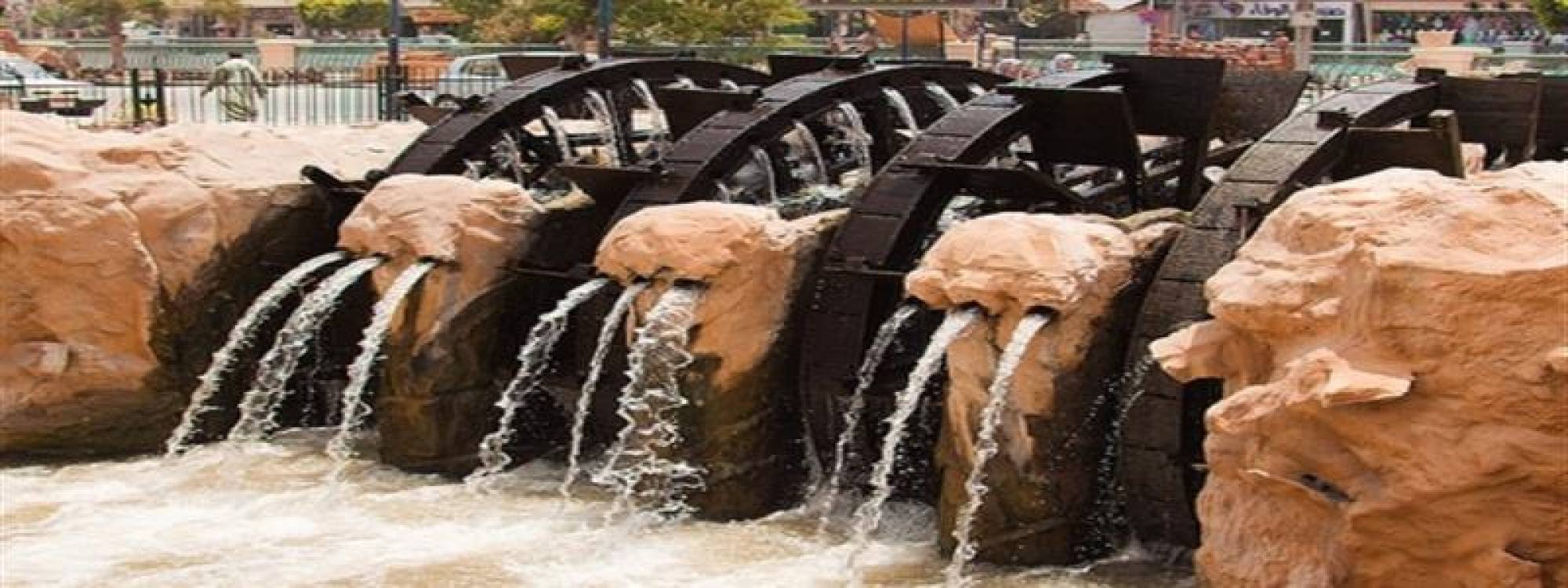|
Sinai:
A a land of enchantment, a peninsula in which can be found all the charms and magic of nature. Moreover, its fabulous antiquity and the scriptural stories associated with it add overtones of awe and veneration to its pure beauty. Memories of the past and of historic events abound from the earliest times to the last war it has been highway for armies. It was s scene of legend for prehistoric Egyptian religion.Isis went there when searching for the body-murdered husband "Osiris" the goddess Hathor gave sanctity to it, and was known to the pharaohs
as "Our Lady Of Sinai".
|
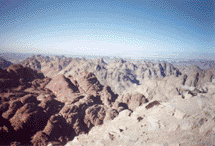 |
The ancient kings went for gold, copper and turquoise, from which was derived its name of the " Land of Turquoise".
it was always a wild land, and the Egyptian built fortified places in order to defend themselves against the attacks of the wandering Bedouin. Legend has it that the prophet Abraham was stopped there by pharaoh's soldiers who sent him to the king. Having generously received and loaded with every kind of present, the prophet was given permission to return to his own country.
It was on one of these mountains, too. That God's majesty was revealed to Moses when he delivered to him the Ten Commandments. And it was this way that came when the Virgin Mary fleeing down to Egypt with her child.
|
One of the most interesting of the many possible excursions is, of course, that to St. Catherine's. From beginning to end the spectacle is magnificent. Starting from Suez, the first stopping place is the Wells of the Moses (about 18 miles). There are a dozen wells in the Oasis, which are said to be filled with the water that gushed from the rock when Moses struck it with his staff.
In the valley of the Grotto are the turquoise mines that were visited from the earliest historic times. Pharaoh after pharaoh left inscriptions recording his exploits.
|
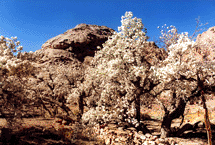 |
Semerkhet of the first Dynasty (about3000 B.C) is seen subduing of Sanakht of the third Dynasty (2778-2723 B.C), the pharaoh whose name has been found on the recently discovered step pyramid at Saqqarah.
In the temple at Serobit Al-Khadem lies the Grotto of our lady of Sinai, the goddess Hathor, with an inscription of king Seneferu, farther of Kheops, about 2720 B.C.
|
Archaeologists and philologists found a treasure house here in the Mokattab valley. The rock faces are covered with writings in many ancient languages, in hieroglyphics, in Nabataean, in Greek, and in strange Semitic dialects that were using a writing partly derived from Ancient Egyptian and from which the modern European alphabets are descended.
About 204 Kms out from Suez you arrive at Faran, a fertile oasis, green with palms and vegetation, it lies at the foot of Mount Torr where Moses heard God's voice proclaiming his mission from the burning bush.
Beyond lies St.
|
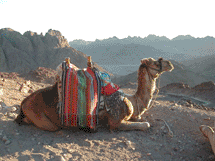 |
Catherine's Monastery, and beside the church a symbol of tolerance and of brotherhood in faith, lies large Mosque. This friendly companionship is something that is to be found not only here, but also allover the Republic.The Mosque contains two interesting antiquities, a wooden chair with Kufic inscription and Fatimid "mimbar", or pulpit, both of which go back tp Anushtkin, an Emir of the 7th Fatimid Caliph, Al -Mansour Al-Amerbi-Ahkam-lllah (500 A.H or 1101 A.D). The monastery itself contains many treasures. They have been valued at two millions pounds. The original building dates from the third century and was dictated to the Alexandrian saint. It contains the precious library of thousands of manuscripts in Greek, Syriac, and Arabic. Amharic and so on.
|


